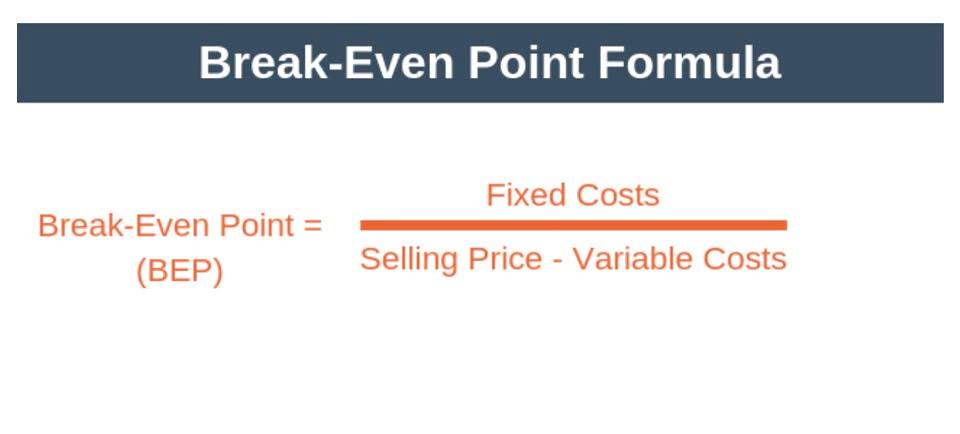
This idea comes from the Strength Model of Self-Control, which argues that people have a limited https://www.bookstime.com/ capacity to regulate their behavior. This involves examining the details of each potential decision, along with the potential positive and negative consequences. It’s pretty rare that our choices appear in clear-cut black and white. Usually, there are multiple options and gradients to the potential benefits and downsides.
Take an Individualized Approach
- It’s important to ask whether your decision is acceptable under the applicable guidelines and regulations or your specific organization.
- Company culture is largely influenced by senior leaders, which is why continuously working on your leadership skills is critical.
- Being “fair” in the workplace is often ambiguous, but it’s vital to ethical decision-making.
- While there are times where a hard policy is important, leaders often convince themselves that everything must be perfect and allow for no variance to get the best outcomes.
- There’s a general consensus that the decision making process involves about seven steps.
- Once you have made your decision, you need to document it and communicate it to your team and other stakeholders.
It also impacts your organization’s reputation—in terms of how customers, partners, investors, and prospective employees perceive it—and long-term success. Harvard Business School Online’s Business Insights Blog provides the career insights you need to achieve your goals and gain confidence in your business skills. “I always check the inside of the bag before I buy it to make sure it’s in good condition. When I stuck my hand in it, I felt the piece of paper and when I took it out and found the note, I read it out loud to my sister.” As anyone who has experienced grief knows, the journey isn’t a straight one. It ebbs and flows with some days being significantly harder than others. But when co-star and friend, Leonardo DiCaprio stepped in, he had only a few words of encouragement that helped to shape a new outlook for the Titanic actress.
What is the best way to ensure your decision-making process is consistent?
Throughout the decision-making process, it’s vital to avoid common management pitfalls and lose sight of the goals and purpose of the decision on the table. For your team members to feel comfortable sharing what are retained earnings their diverse perspectives and working collaboratively, it’s crucial to create and maintain a psychologically safe environment. According to research by technology company Google, psychological safety is the most important dynamic found among high-performing teams. One of your primary responsibilities as a manager is to get things done with and through others, which involves leveraging organizational processes to accomplish goals and produce results. According to Harvard Business School Professor Len Schlesinger, who’s featured in the online course Management Essentials, decision-making is one of the processes you can use to your advantage. Group decision making involves taking into account the interests of all parties involved, known as “stakeholders” in the business world.
- If you are like most people, your answer is “no” to both questions.
- Reliance on these different sources of information results in wide variations in strategies for diagnosing and managing similar conditions, even if robust evidence exists favoring a particular approach to patient management.
- With literally thousands, if not millions, of decisions under your belt, you probably feel you have a solid mastery in the decision-making department.
- We also allow you to split your payment across 2 separate credit card transactions or send a payment link email to another person on your behalf.
- Remember – by following these steps, the same small group of people should no longer be tasked with all of the decision-making.
Ways to Improve Your Ethical Decision-Making
All programs require the completion of a brief online enrollment form before payment. If you are new to HBS Online, you will be required to set up an account before enrolling in the program of your choice. Clinical guidelines have become widely available across the practice of medicine; many specialty societies have published such guidelines.
Taming the Beast: Your Guide to a Consistent Decision-Making Process

The key differentiation between the 2 approaches appears to be that when the evidence is of high quality, some guideline panels consider that the evidence speaks for itself and the process is evidence-based. However, when the evidence is only of low quality or very low quality, some guideline panels label their process as consensus-based. To help your team feel psychologically safe, be respectful and give fair consideration when listening to everyone’s opinions.

Involve Your Team in the Process
- In fact, only one in four (24%) U.S. managers strongly agree that their peers make well-thought-out decisions for their organization.
- Taken together, these 12 holistic steps of effective organizational decision-making provide a helpful framework for enhancing decision-making across all relevant dimensions.
- As a result, making a distinction between evidence-based and consensus-based guidelines is both misguided and misleading because both require consensus.
- Many decision-making frameworks aim to help leaders use objective information to mitigate bias, operate under time pressure, or leverage data.
- Another way you can customize your ethical decision-making is by accommodating employees’ cultural differences.
- Some candidates may qualify for scholarships or financial aid, which will be credited against the Program Fee once eligibility is determined.
Some clinical guidelines follow “if, then” rules (eg, if a patient is febrile and neutropenic, then institute broad-spectrum antibiotics). More complex, multistep rules may be formalized as algorithms. For EBM analysis, the highest level of evidence available should be used. However, because the number of high-quality, randomized, controlled trials is small compared with the number of possible clinical questions, less reliable level 4 or 5 evidence decision making framework is very often all that is available. Lower-quality evidence does not mean that the EBM process should not be used, just that the strength of the conclusion may be weaker.


Gathering the relevant data, getting informed about what the experts think, and leaning on your own personal experience to guide you are all a part of effective decision making. Such decisions involve weighing the alternatives and choosing a course of action to avoid negative consequences or achieve a desired outcome. Taken together, these 12 holistic steps of effective organizational decision-making provide a helpful framework for enhancing decision-making across all relevant dimensions. If you are like most people, your answer is “no” to both questions. In fact, only one in four (24%) U.S. managers strongly agree that their peers make well-thought-out decisions for their organization. Even fewer managers (14%) strongly agree they are satisfied with the speed of decision-making at their organization.

Formulating a clinical question
Making decisions may be difficult at times, but such problems can be avoided and you can empower yourself by getting educated about the most effective methods for strategic decision making. Every day consists of thousands of decisions that are affected by a number of factors including powerful cognitive biases, big and small, that add up to shape the direction you move in. If the decision you’re making checks all these boxes, you’re well on your way to making a sound, ethical, and effective decision that brings about positive results for your organization. It’s important to ask whether your decision is acceptable under the applicable guidelines and regulations or your specific organization. Decision makers take all the relevant information, put aside their personal biases, avoid the perils of following their gut reactions, and make a call.
